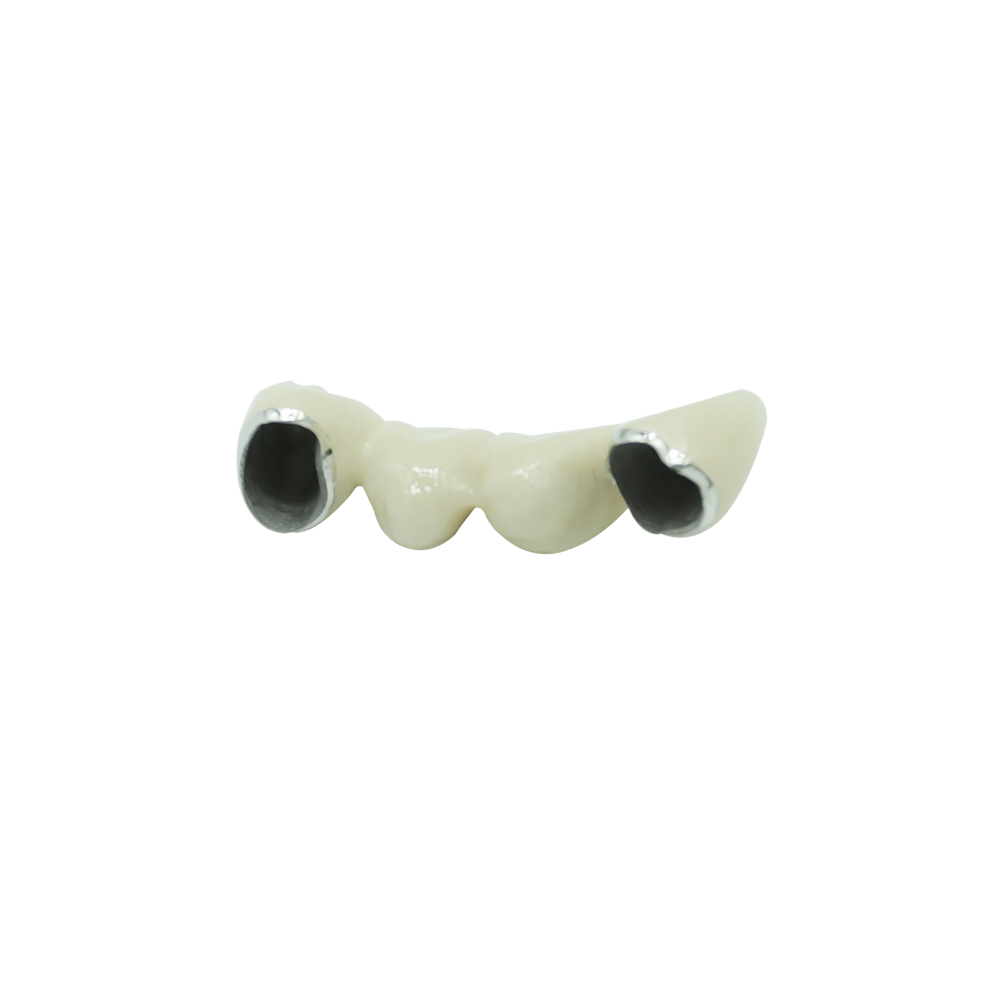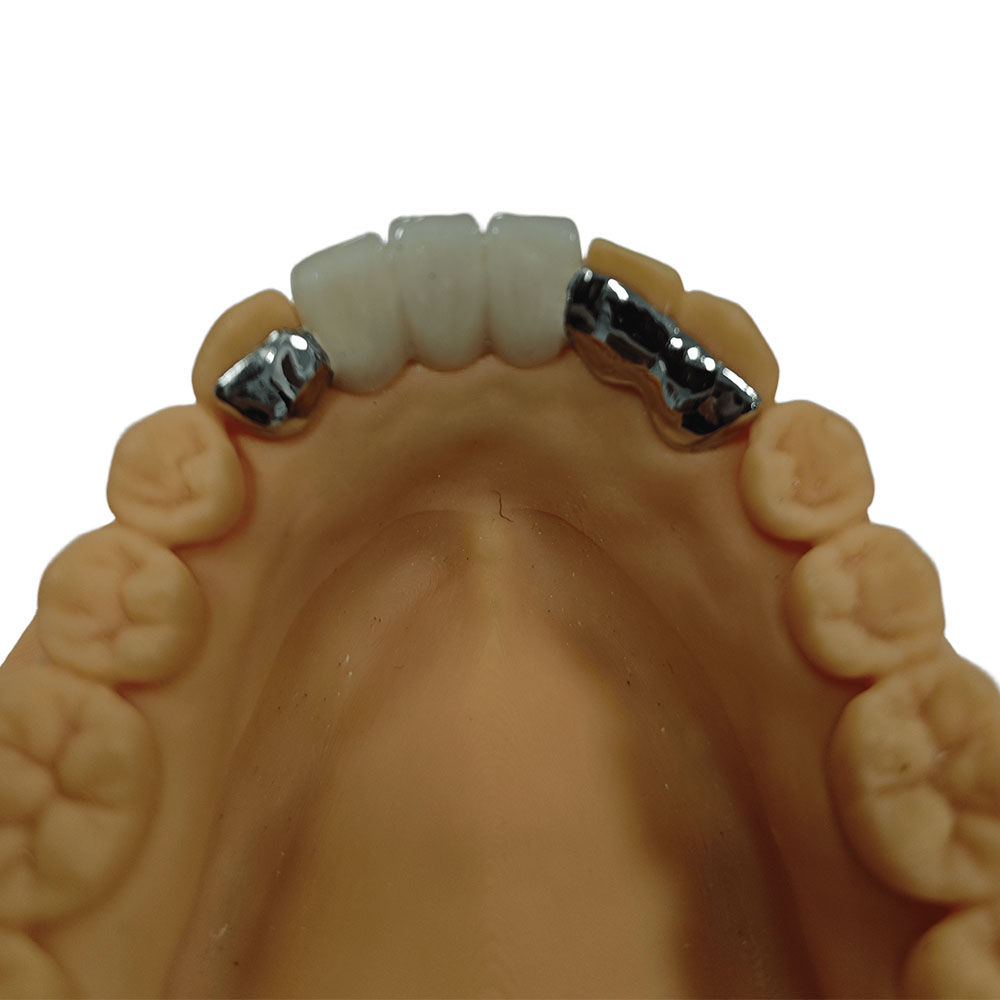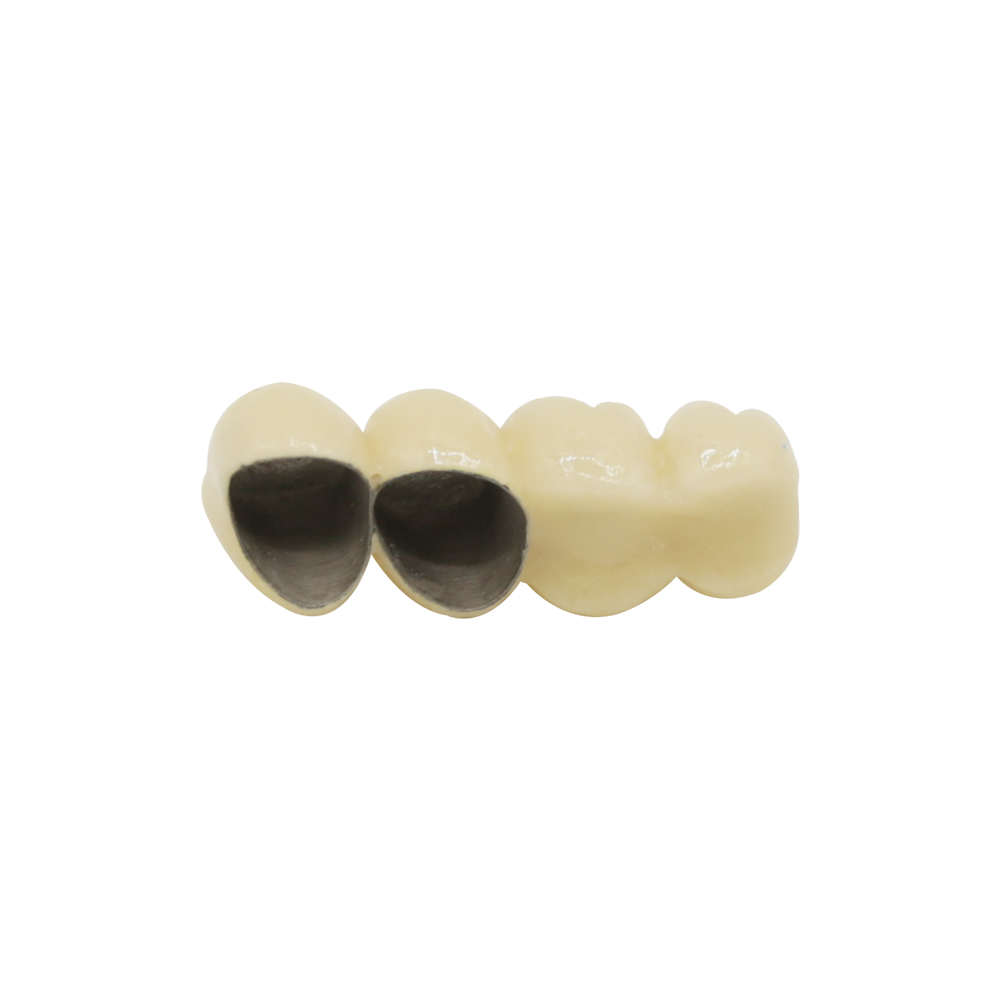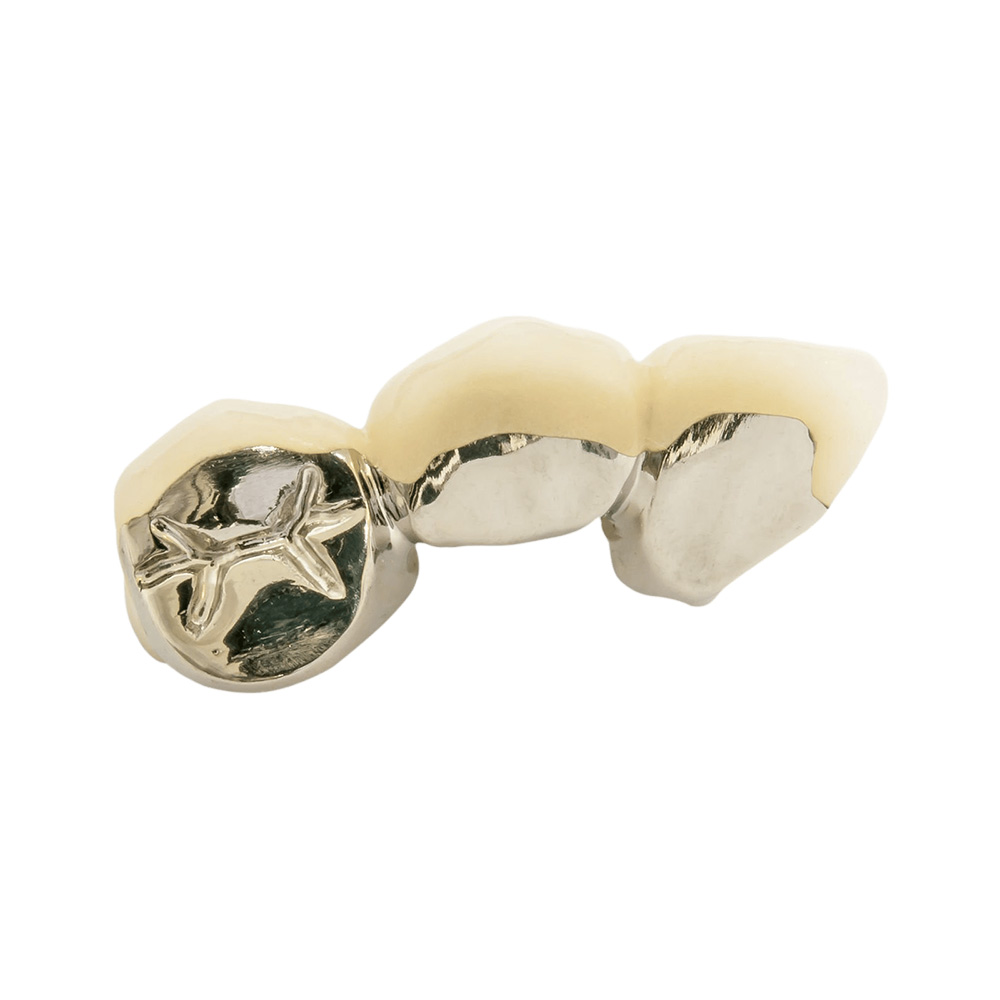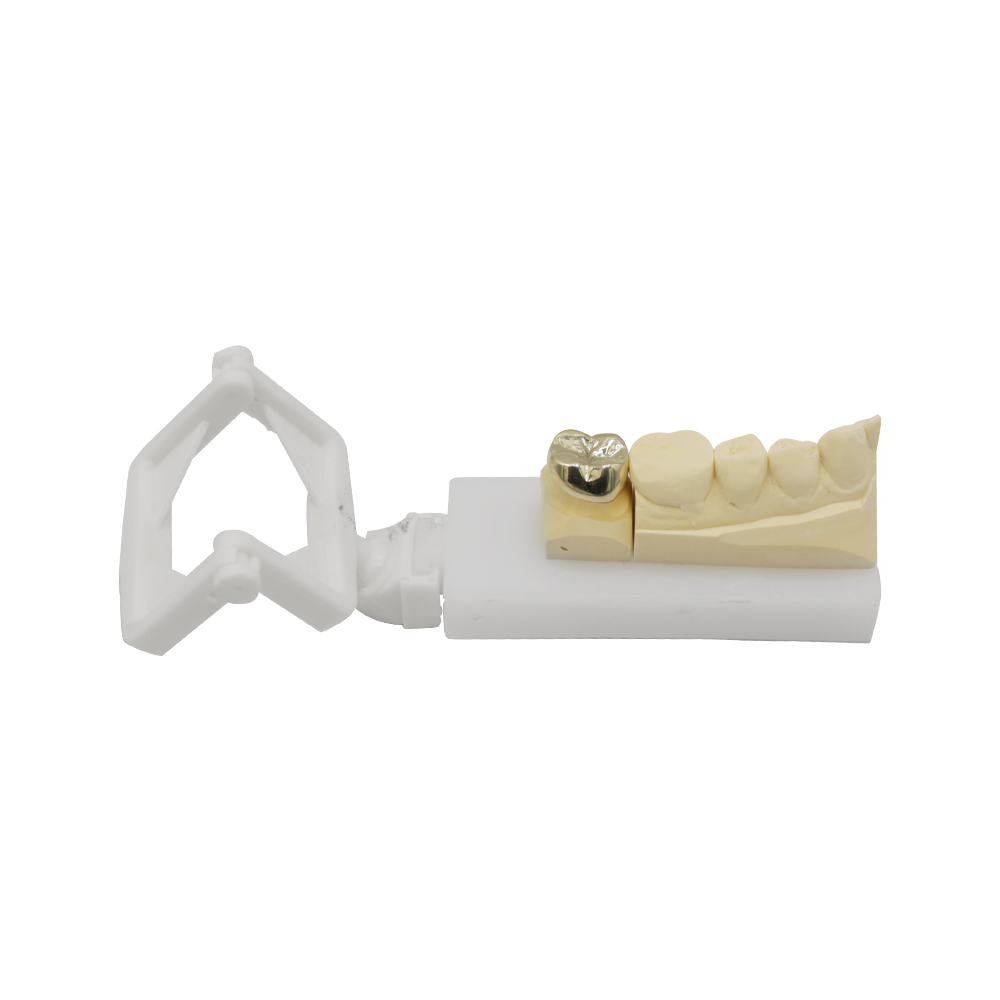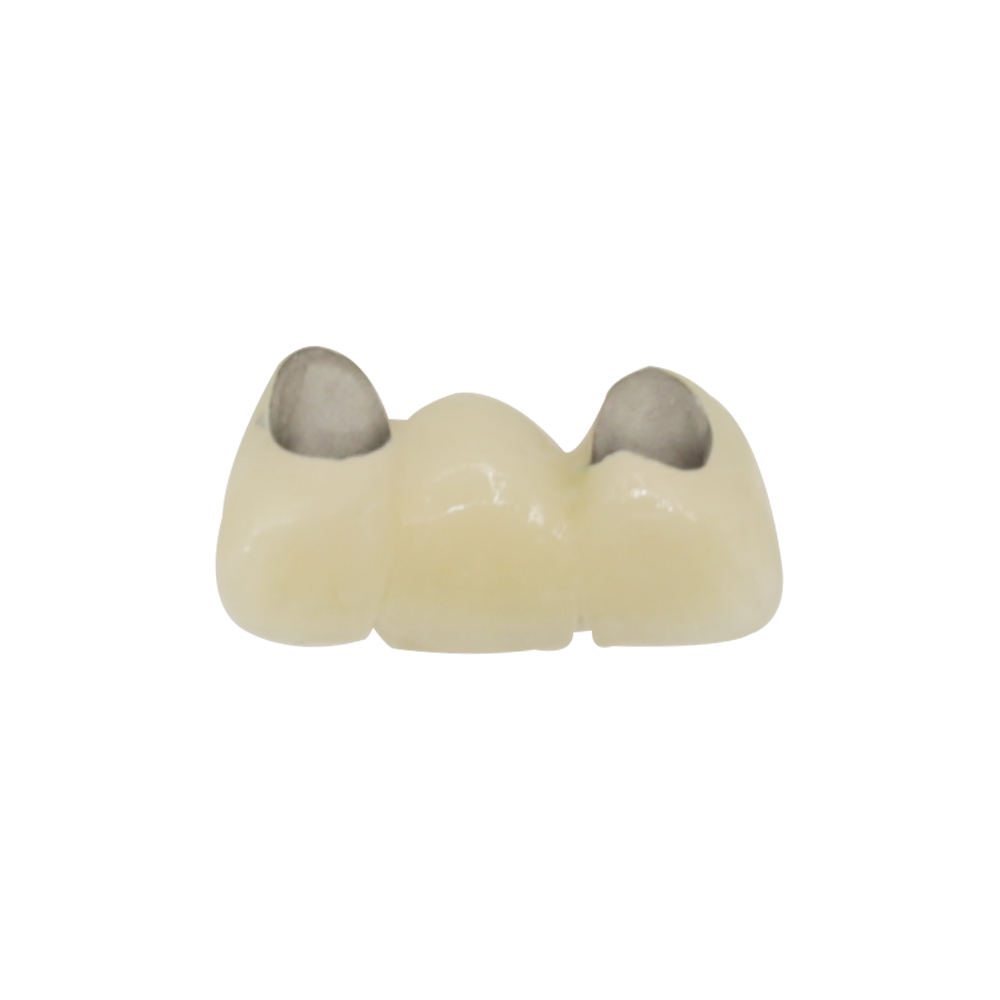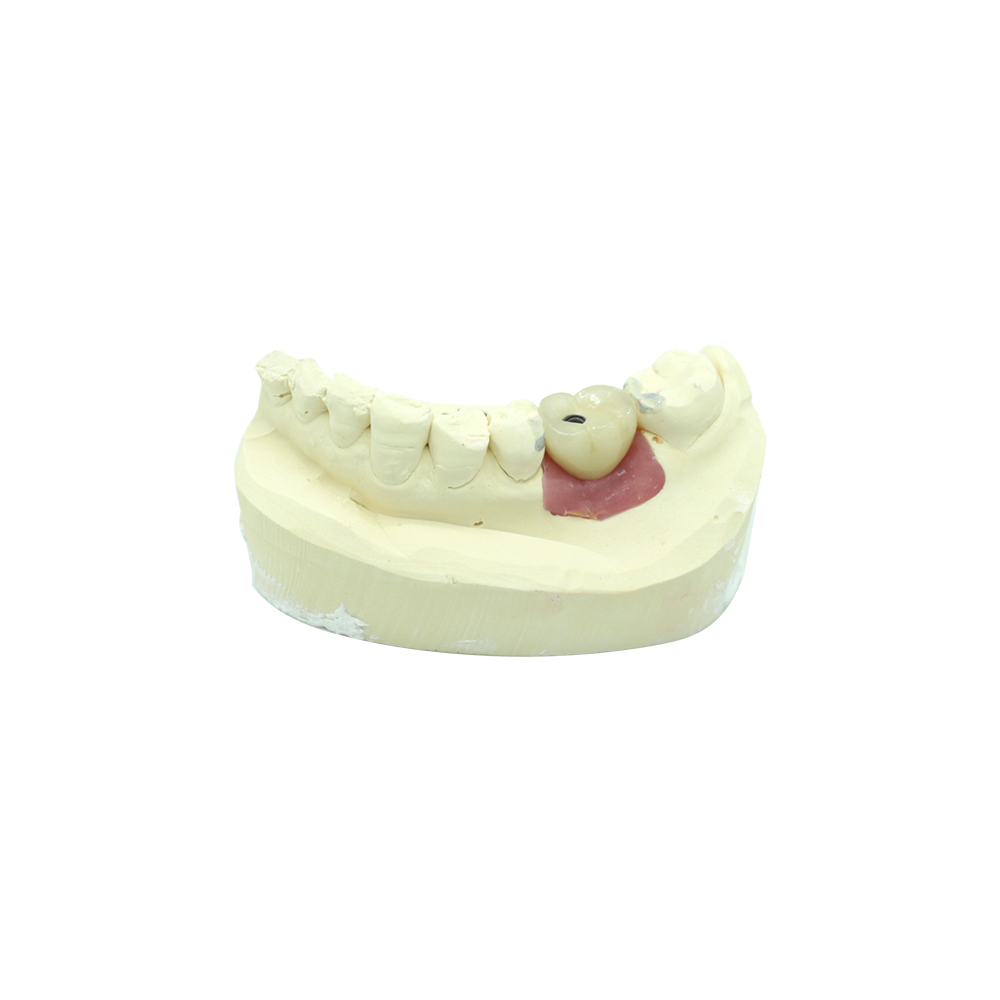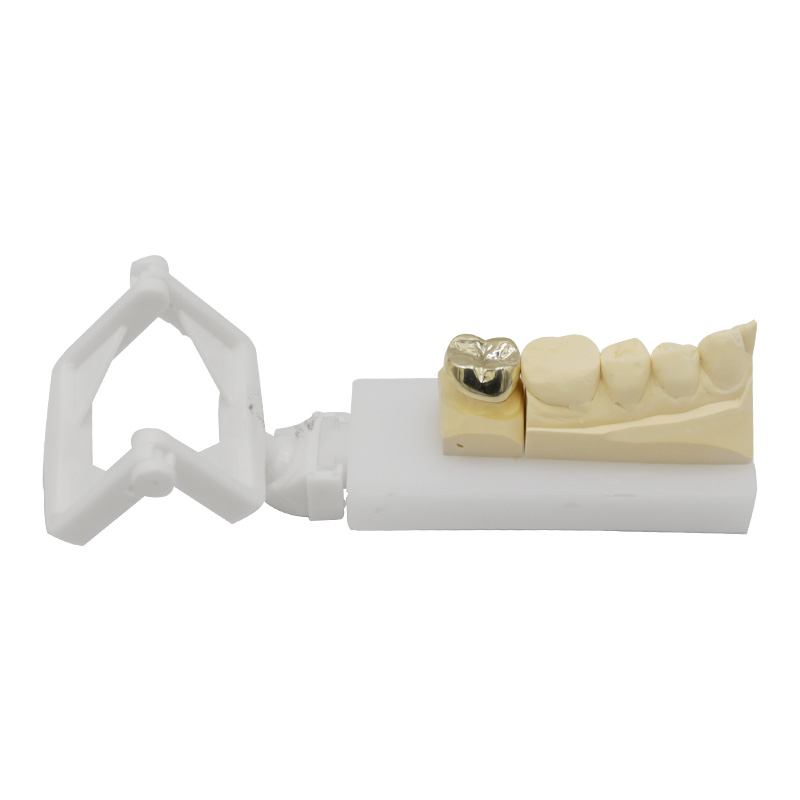PFM
Istar Dental Lab, a leading Chinese manufacturer, provides precision-crafted PFM crowns and bridges. We combine advanced CAD/CAM technology with premium, biocompatible materials for natural aesthetics and long-lasting strength. Experience reliable, cost-effective solutions, consistent quality, and dedicated technical support. Optimize your workflow and patient satisfaction with Istar.


